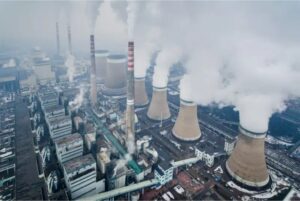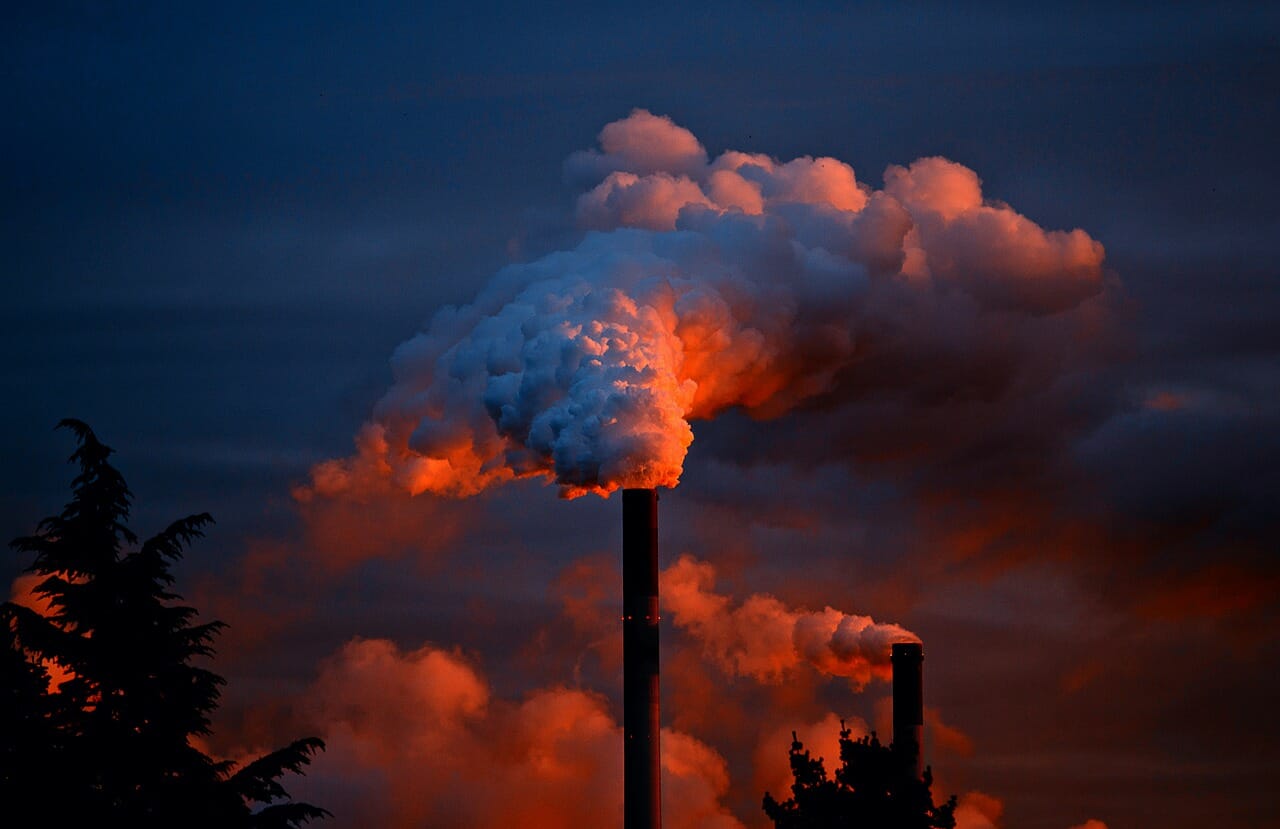From Coal to LNG: How the Philippines is trading one dirty energy source for another
By Joshua Villalobos
HAPI-Bacolod Member | HAPI Scholar

A coal-fired power plant in Datong, Shanxi province, China
Credit: Imaginechina Limited/Alamy Stock Photo
Climate action and environmental conservation advocates in the Philippines have long called for a transition from dirty energy such as coal, oil, and natural gas toward cleaner, cheaper, and more sustainable renewable energy sources.
This transition is not only an act of goodwill for nature but a necessary decision our leaders must take if we are to avert the devastating impacts of the climate crisis (particularly on the health of people who live in host communities of dirty energy sources). As of now, the country’s power sector has begun moving away from coal; unfortunately, this detour is towards another form of dirty energy lobbyists and propagandists fondly call “natural” gas.
Since natural gas is still a fossil fuel, it is rightful to call it as it is – fossil gas.
Humanist Alliance Philippines, International (HAPI) has long supported the transition to cleaner and sustainable ways of living and climate action, including renewable energy. In 2019, many local leaders and members of HAPI-Bacolod joined the movement against the establishment of a coal-fired power plant in Negros Occidental, and together with other sectors such as the environmentalists, youth, church groups, and various groups, they were able to successfully halt the proposed construction and operation of the dirtiest source of electricity.
 Fossil gas has been referred to as the “cleanest among the fossil fuels.” As we all know, fossil fuels are the dirtiest energy source. Since fossil gas is still a fossil fuel, it would be more apropos to refer to it as “the cleanest among the dirtiest.”
Fossil gas has been referred to as the “cleanest among the fossil fuels.” As we all know, fossil fuels are the dirtiest energy source. Since fossil gas is still a fossil fuel, it would be more apropos to refer to it as “the cleanest among the dirtiest.”
Though others would argue that it is a transition fuel to renewable energy and it is better than coal since it is cleaner, the Center for Energy, Ecology, and Development would argue that compared to other fossil fuels, LNG is as big of a threat, if not a larger one, to the climate.
“Although carbon dioxide remains the most problematic greenhouse gas emitted by human activities, the Intergovernmental Panel on Climate Change (IPCC) 6th Assessment Report notes an unprecedented increase in methane concentrations, even far higher than carbon,” they explained, citing international reports on climate change and greenhouse gases. “The Report provides the most up-to-date climate science and analysis of the climate system and climate change. Since 1750, atmospheric methane concentrations have increased 156% while carbon [by] only 47%. And, if viewed in over 10- to 20-year time scales, the influence of methane and other short-lived climate forcers is at least as large as that of carbon dioxide.”
For HAPI’s Chief Executive Officer – who is a notable young Filipino climate advocate himself – Javan Poblador, renewable energy should be the way to go.
“Though there might be hurdles and challenges in our way towards powering the Philippines in renewable energy, this doesn’t mean we should not continue pursuing it. In the midst of the ‘climate deadline’ set and defined by the scientific community, there should be no other way but clean, affordable, and renewable energy,” Poblador said.
It is unfortunate, he added, that the Philippines is detouring to another energy source almost as dirty as coal instead of transitioning to clean energy.
Meanwhile, HAPI-Bacolod Head Eldemar Sabete said his chapter will continue to pursue the path of clean and renewable energy. Since Negros Occidental is once again facing the threat of dirty energy, they said they will continue to support the push for a cleaner province with local environment and energy groups.









